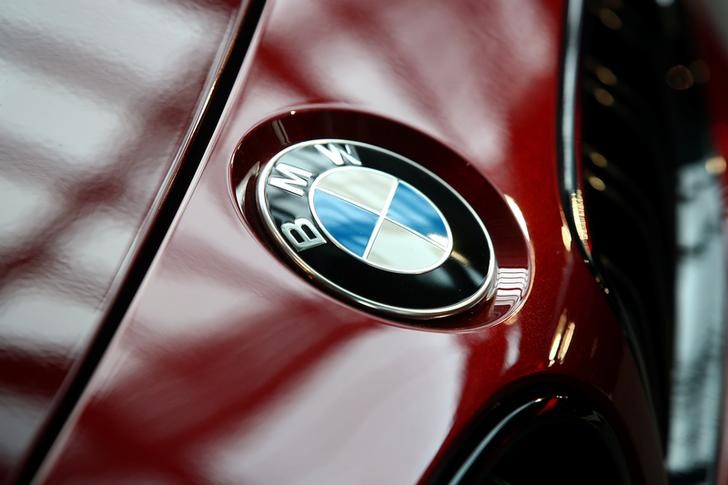5 key takeaways about BMW’s ’Neue Klasse’ platform

BMW’s (ETR:BMWG) Neue Klasse (NK) platform represents a pivotal development in the company’s electric and software vehicle strategy, combining new architecture, cost reductions, and global manufacturing alignment.
According to Jefferies, the platform positions BMW as the first traditional automaker to match Tesla (NASDAQ:TSLA) and advanced Chinese OEMs in software-defined vehicle (SDV) and EV powertrain capabilities.
The NK architecture centers on four domain controllers handling core functions, driving dynamics, comfort systems, panoramic heads-up display and ADAS, through a zonal system powered by less than 400W.
This setup simplifies wiring and supports flexible regulatory compliance. With full SDV integration, BMW expects future development costs to decline across its vehicle range.
Strategically, BMW has emphasized retaining control over its software stack and intellectual property.
While some competitors have outsourced core systems, BMW has chosen to internally manage integration, supported by partnerships like Momenta for ADAS.
It is also localizing content partnerships, including Huawei, Baidu (NASDAQ:BIDU), Tencent, and Alibaba (NYSE:BABA) for China-specific applications, while maintaining a uniform core architecture.
The platform will be deployed across 40 new or extensively revised models within 36 months. Production begins with the iX3 in Q4 2025 in Europe, followed by China in mid-2026 and later North America, with Mexico serving as a key hub.
Ten plants across the three regions will adopt the NK platform, which is expected to cut manufacturing costs by 10%.





